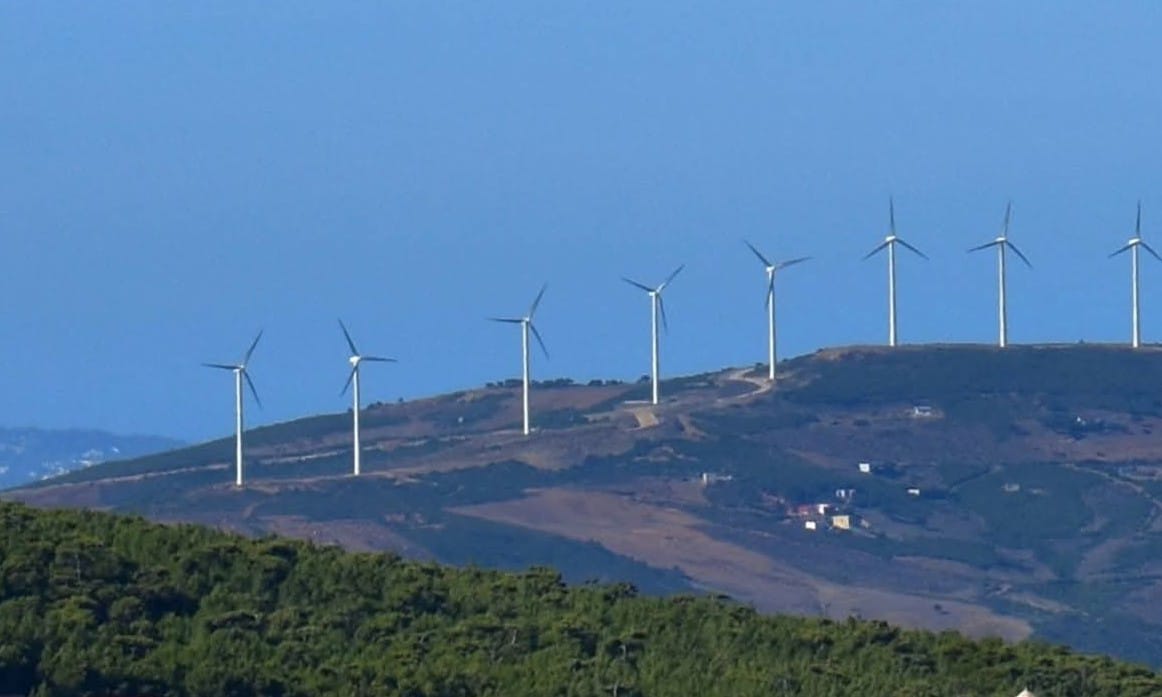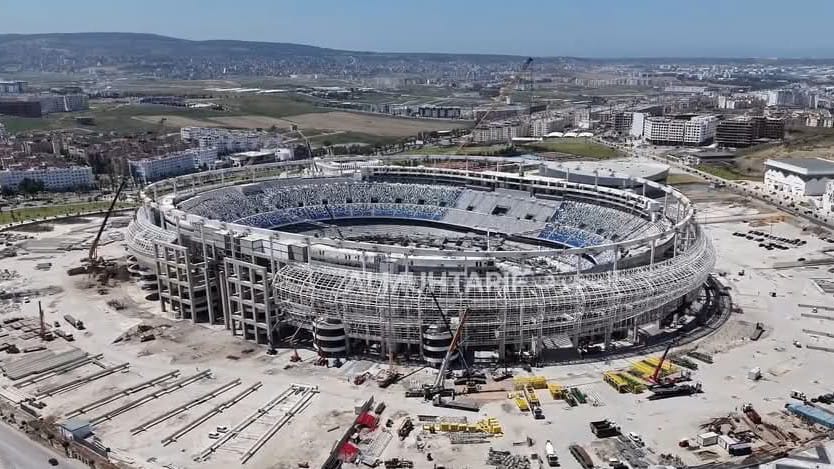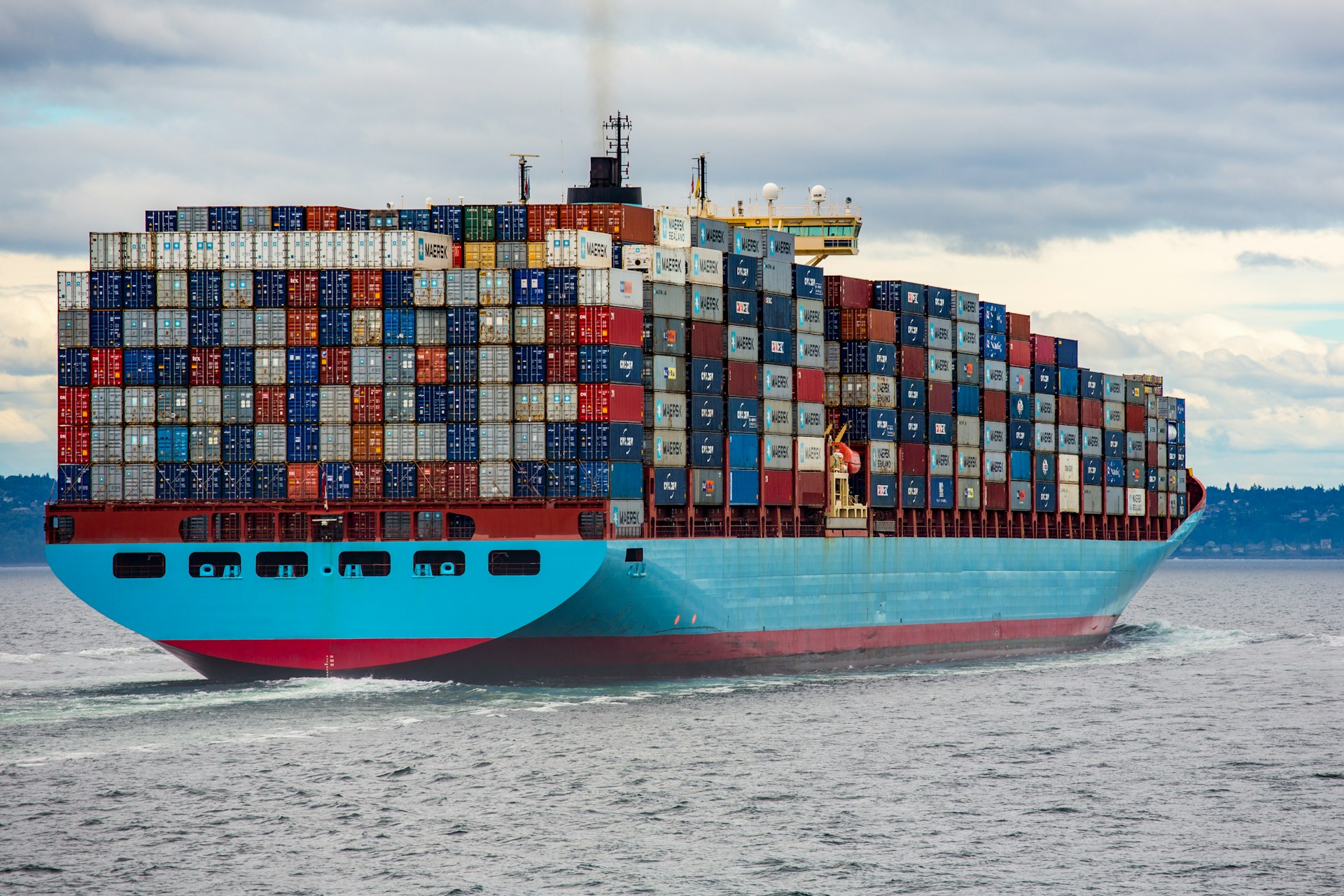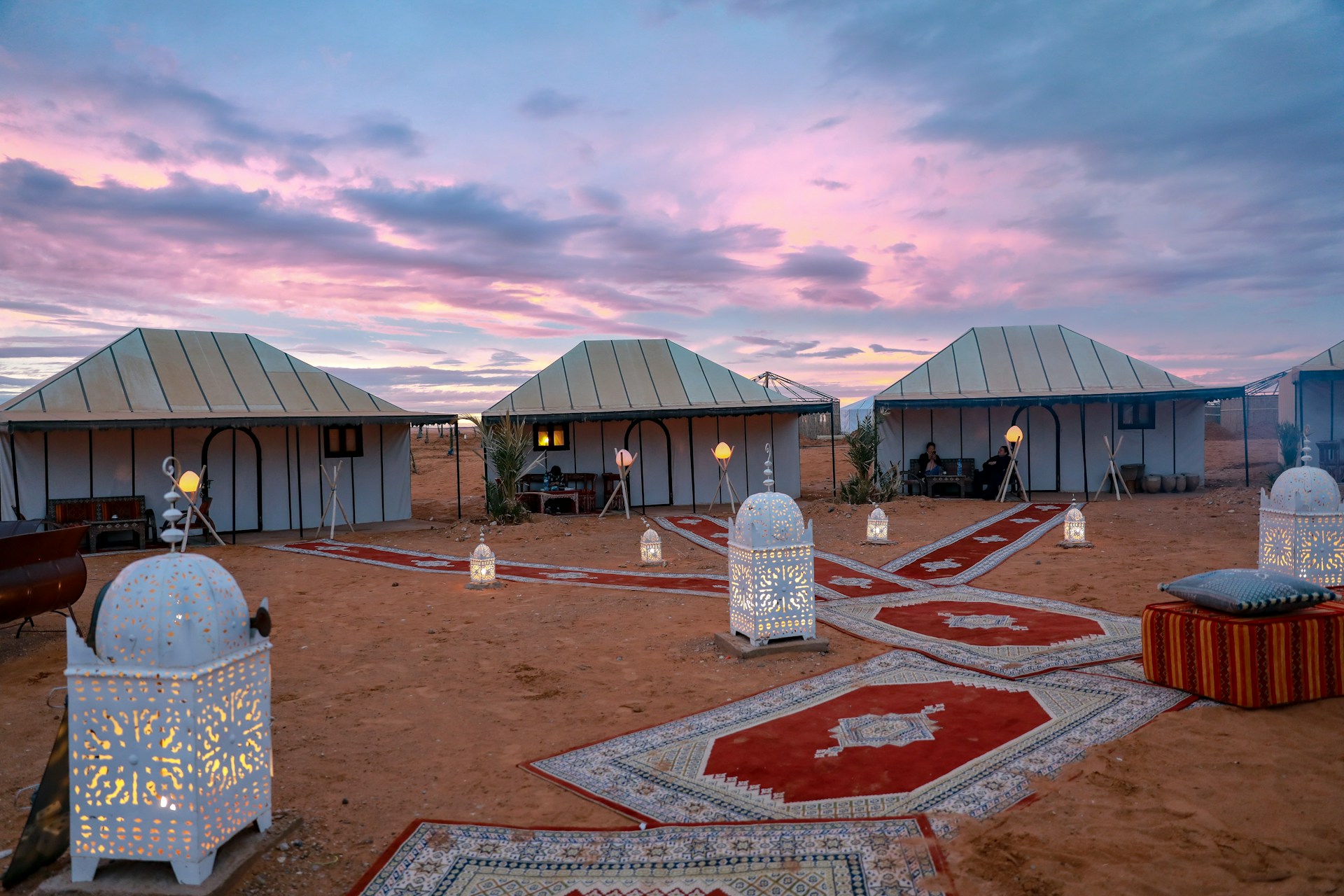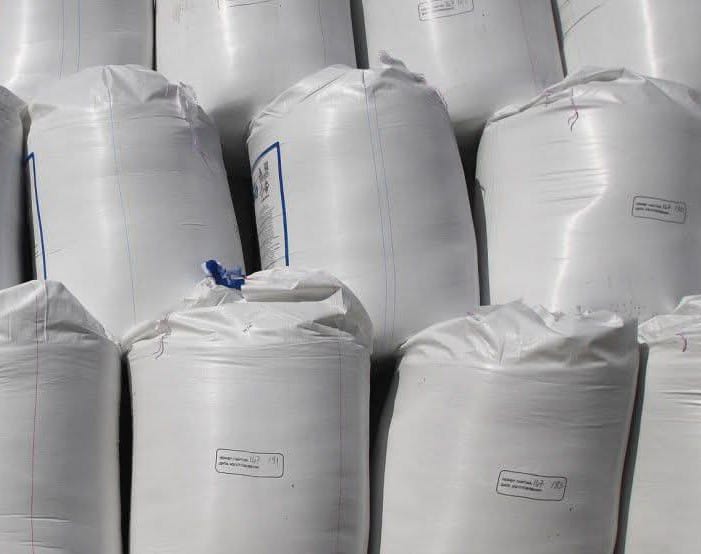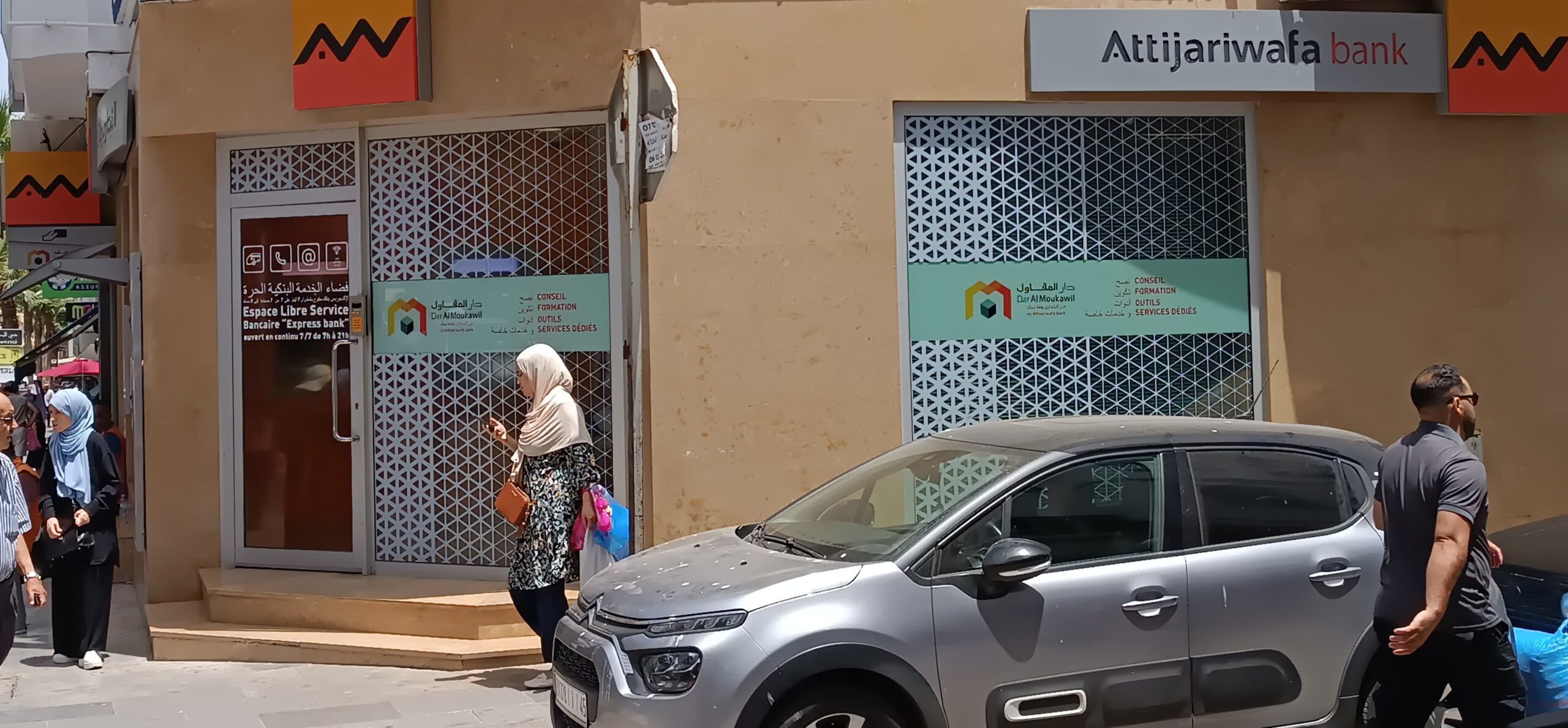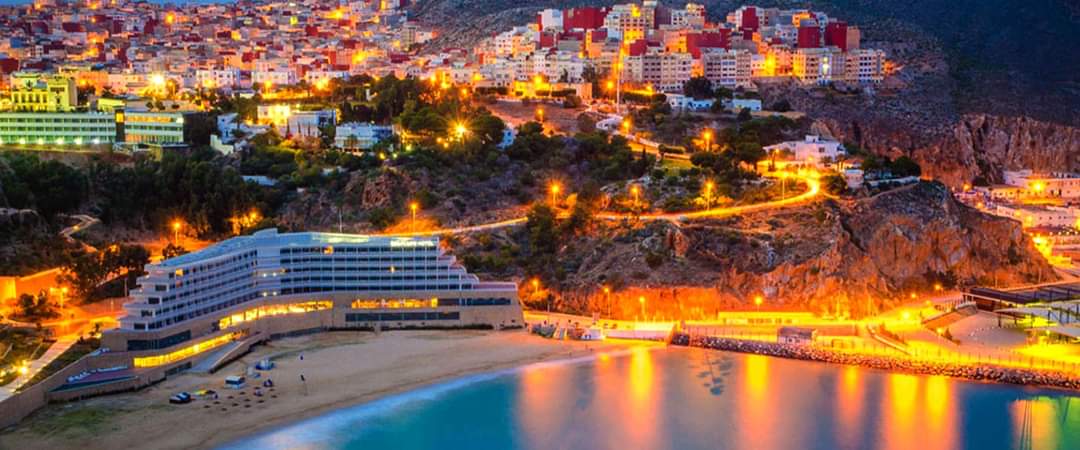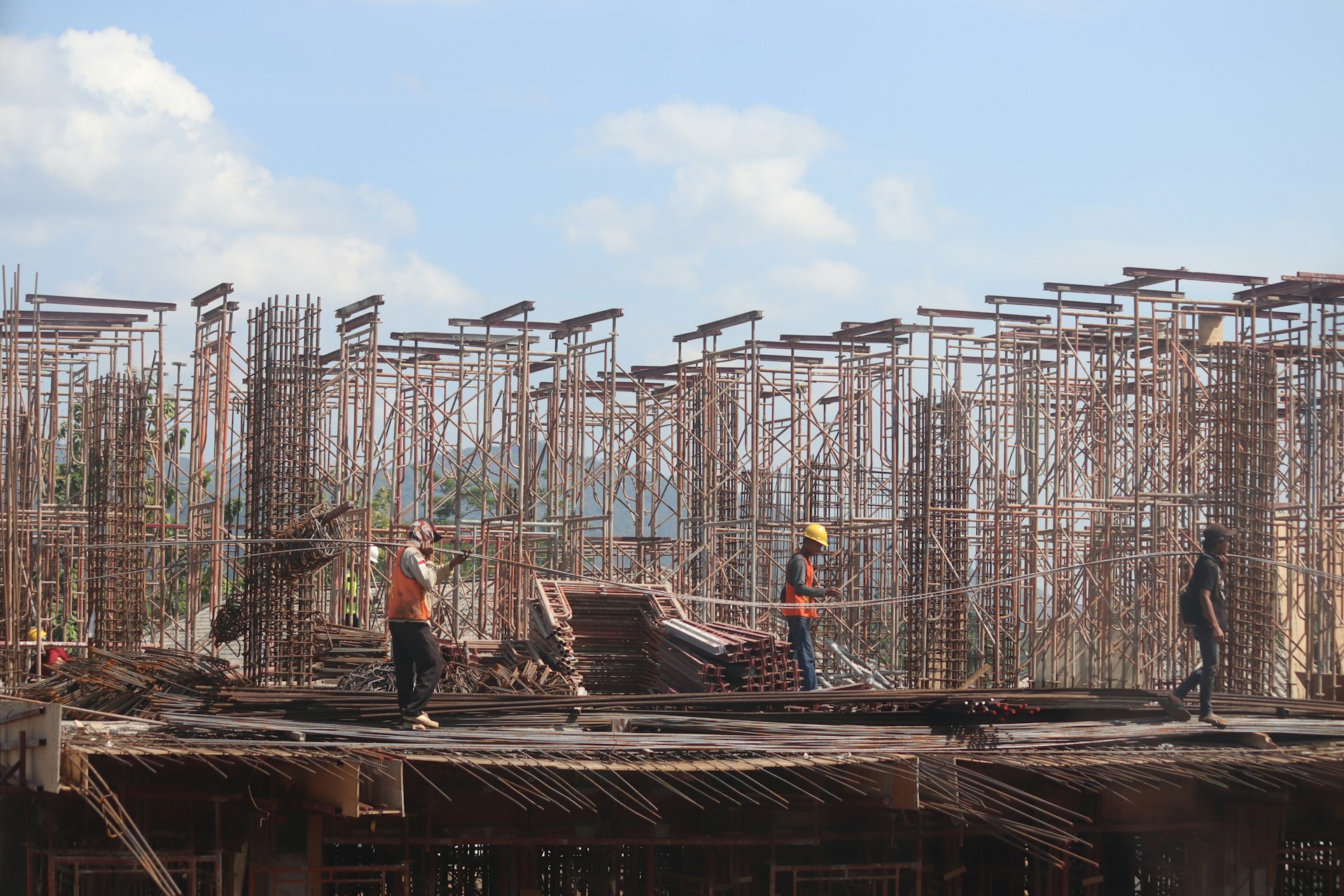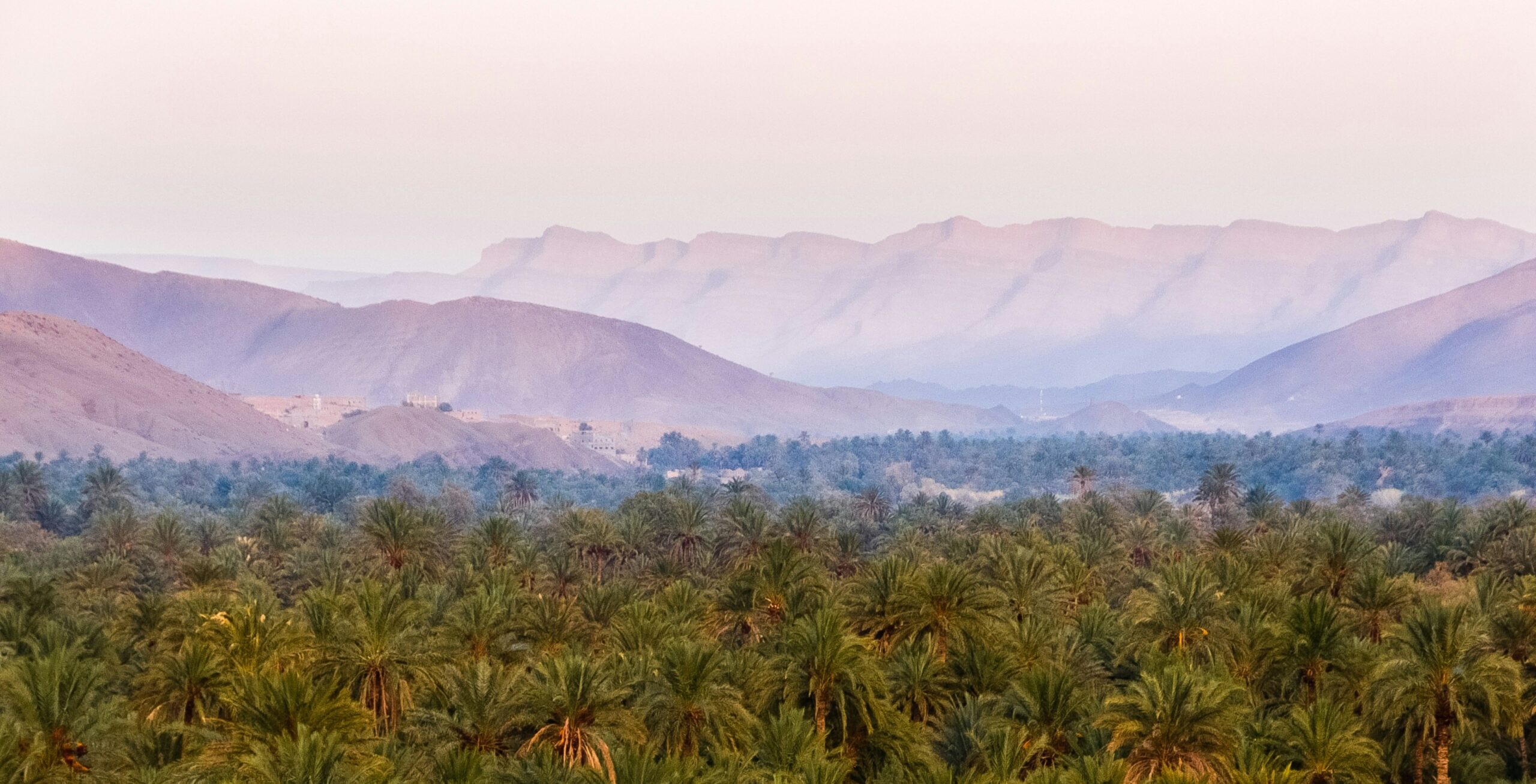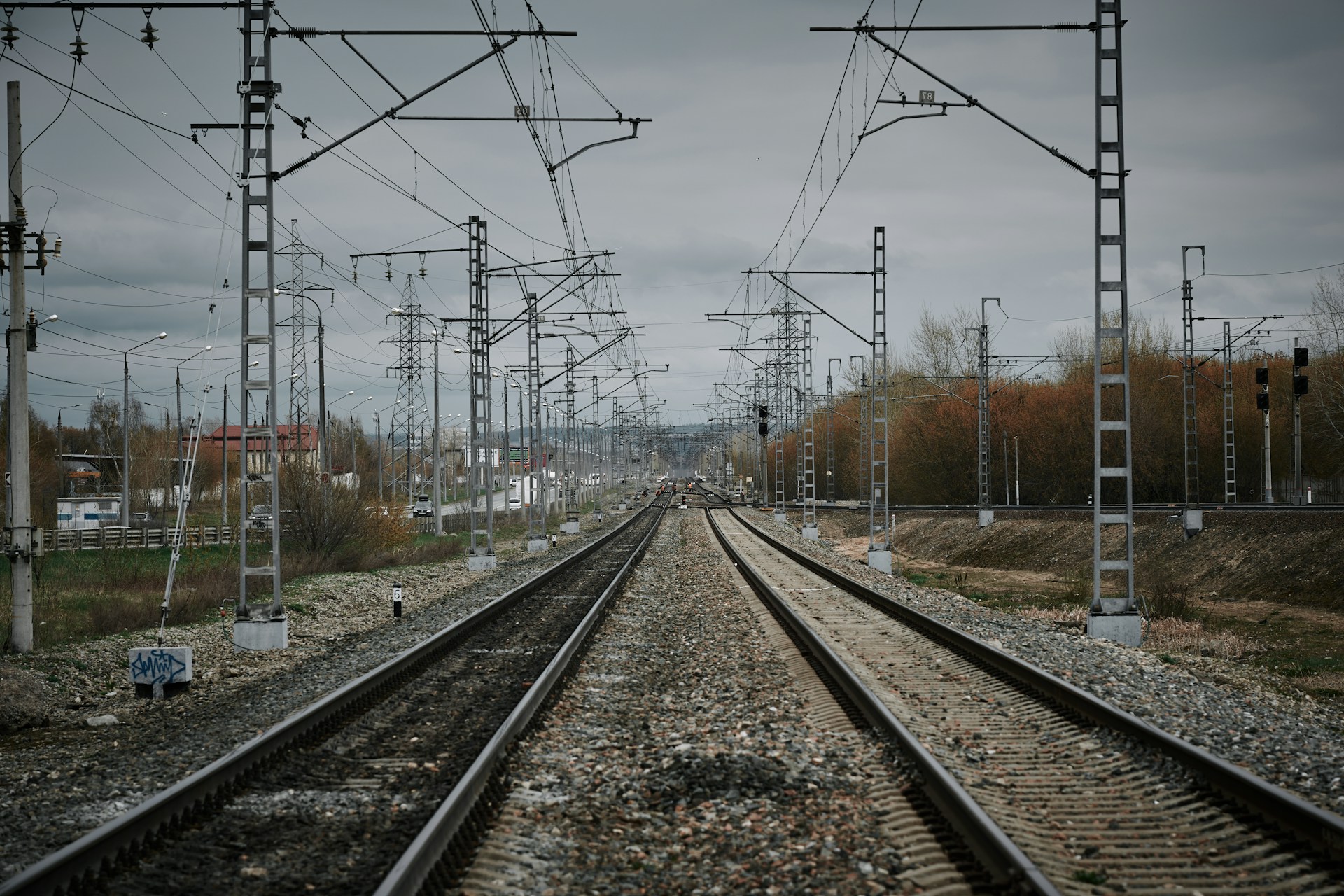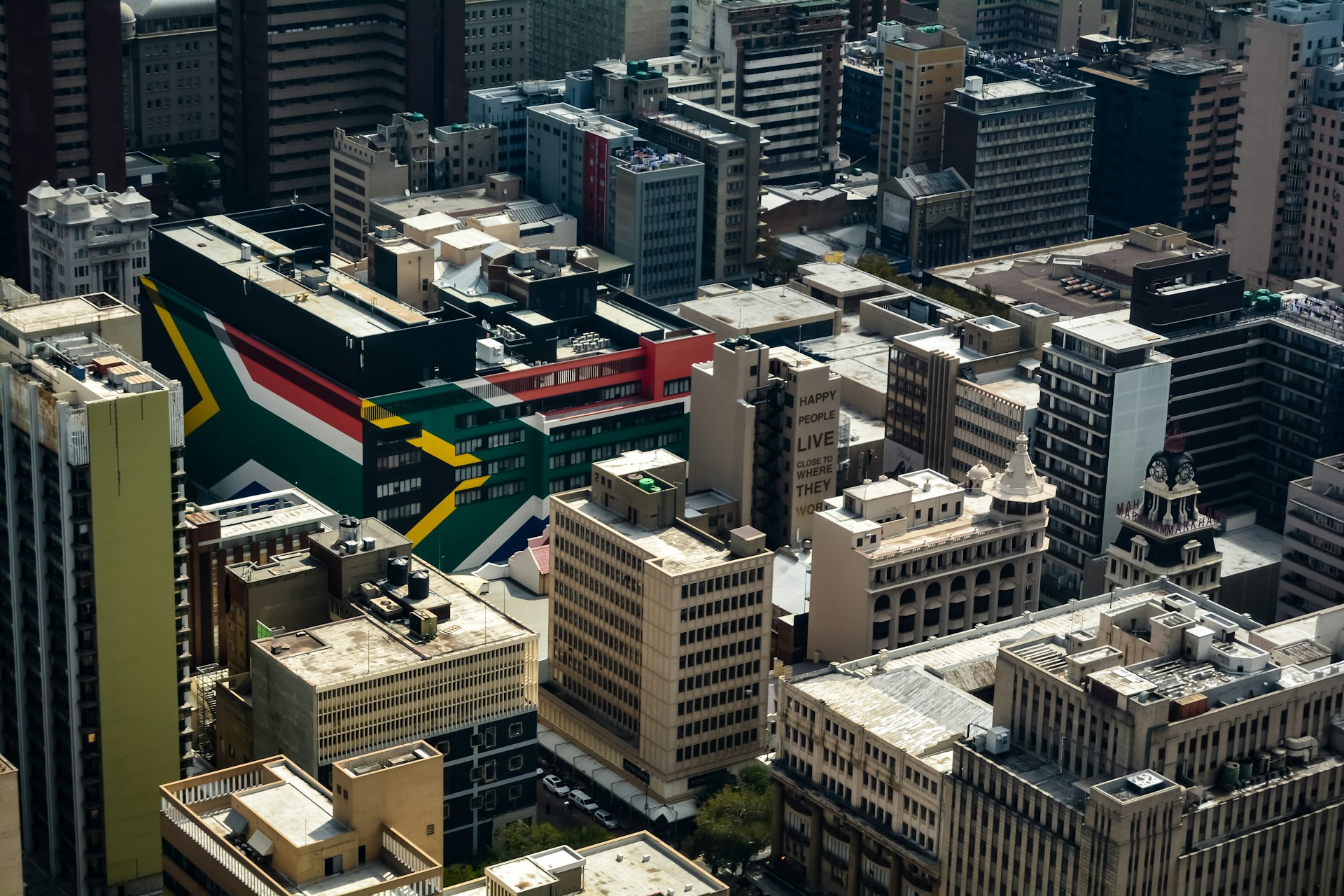Casablanca – Morocco is moving forward with an ambitious program to modernize and expand its football infrastructure in preparation for two of the most significant sporting events on the global calendar: the Africa Cup of Nations (AFCON) in 2025 and the FIFA World Cup in 2030, which the country will co-host with Spain and Portugal.
The plan, led by Sonarges—a public company specialized in managing and developing sports infrastructure—focuses on delivering modern, smart, and sustainable stadiums that meet international standards. The initiative is fully funded by the Moroccan government and is being carried out under the supervision of the National Agency for Public Facilities and the Royal Moroccan Football Federation.
Five major projects underway
As part of the national strategy, four existing stadiums are undergoing major renovations, while a new flagship stadium is under construction. The development will take place in two distinct phases:
- Phase One (2024–2025): Aims to upgrade Prince Moulay Abdellah Stadium in Rabat and the Grand Stadium of Tangier to full FIFA specifications in time for the 2025 Africa Cup of Nations.
- Phase Two (2025–2030): Focuses on enhancing the Marrakesh, Agadir, and Fez stadiums. These venues will first be adapted to meet CAF standards, with further improvements planned to align them with FIFA regulations ahead of the 2030 World Cup.
Each stadium is being reimagined to function not just as a venue for matches, but as a fully integrated sports and entertainment destination with improved accessibility, technology, and spectator experience.
Stadium capacities and upgrades
The upgrades include expanding spectator capacities, improving player facilities, updating technological infrastructure, and enhancing hospitality, VIP, and media areas.
- In Tangier, the stadium’s capacity will increase to 75,000 seats. The athletics track will be removed to bring fans closer to the pitch, the stands will be extended, and the entire seating area will be covered. Additional improvements include new VIP and media zones, as well as environmental enhancements.
- In Rabat, the Prince Moulay Abdellah Complex will also undergo extensive renovations to raise capacity to more than 68,000 spectators. Like Tangier, it will receive a full modernization of its playing area, facilities, and surrounding infrastructure.
- The Marrakesh Stadium, currently holding about 42,000 spectators, will be expanded to 45,000 by 2030. Similarly, Agadir’s Adrar Stadium will be increased to 46,000, up from its current 42,000.
- In Fez, the stadium’s capacity will rise significantly, from 35,000 to 55,000 seats, accompanied by infrastructure improvements in line with FIFA requirements.
New mega-stadium in Benslimane
A centerpiece of the country’s sports infrastructure vision is the construction of a new stadium in Benslimane, just outside Casablanca. Spanning 138 hectares, the upcoming Grand Stade Hassan II will be the largest football venue in Africa, with a projected capacity of 115,000 spectators.
This new development is planned as more than just a stadium. It will be part of a comprehensive sports city that includes training fields, commercial zones, hospitality services, and parking facilities. The project is expected to serve as a major legacy of Morocco’s involvement in the 2030 World Cup and an anchor for long-term sports development in the region.
Emphasis on sustainability
In line with global trends and environmental best practices, Morocco’s stadium development strategy includes a strong focus on sustainability. Sonarges is implementing a “Green Stadium” approach, which includes:
- Sustainable architectural designs
- Energy-efficient lighting and ventilation systems
- Water conservation technologies
- Waste management and recycling systems
This focus aims to minimize the environmental impact of stadium operations while promoting responsible resource use.
Positioning Morocco as a regional sports hub
Morocco’s push to upgrade its stadiums reflects its broader goal of establishing itself as a premier destination for international sporting events. Hosting AFCON 2025 and the 2030 FIFA World Cup offers not only an opportunity for international recognition but also tangible economic benefits, including increased tourism, local job creation, and infrastructure development.
The ongoing projects are considered vital for the success of both tournaments and are progressing under strict timelines. With solid government support and coordinated oversight, Morocco is positioning itself to meet international expectations and deliver state-of-the-art facilities that will serve football fans and athletes for years to come.





